It’s all too common for people to use anti-weed treatments for their gardens, which are often full of harsh chemicals. This really isn’t necessary; there are many natural approaches that work well to keep these unwanted plants at bay. A few strategic changes can help preserve your garden’s beauty and keep it weed-free. Here are some eco-friendly, low-impact ways to keep weeds from making themselves at home in your garden.
Apply a Thick Layer of Mulch

First of all, mulching does wonders for weed prevention, forming a thick barrier that blocks sunlight from reaching the soil. Organic mulches like shredded bark, leaves, or compost not only smother weeds but also improve your soil as they break down. This approach can create a dense, nourishing shield that naturally reduces the need for frequent weeding.
Embrace Ground Covers
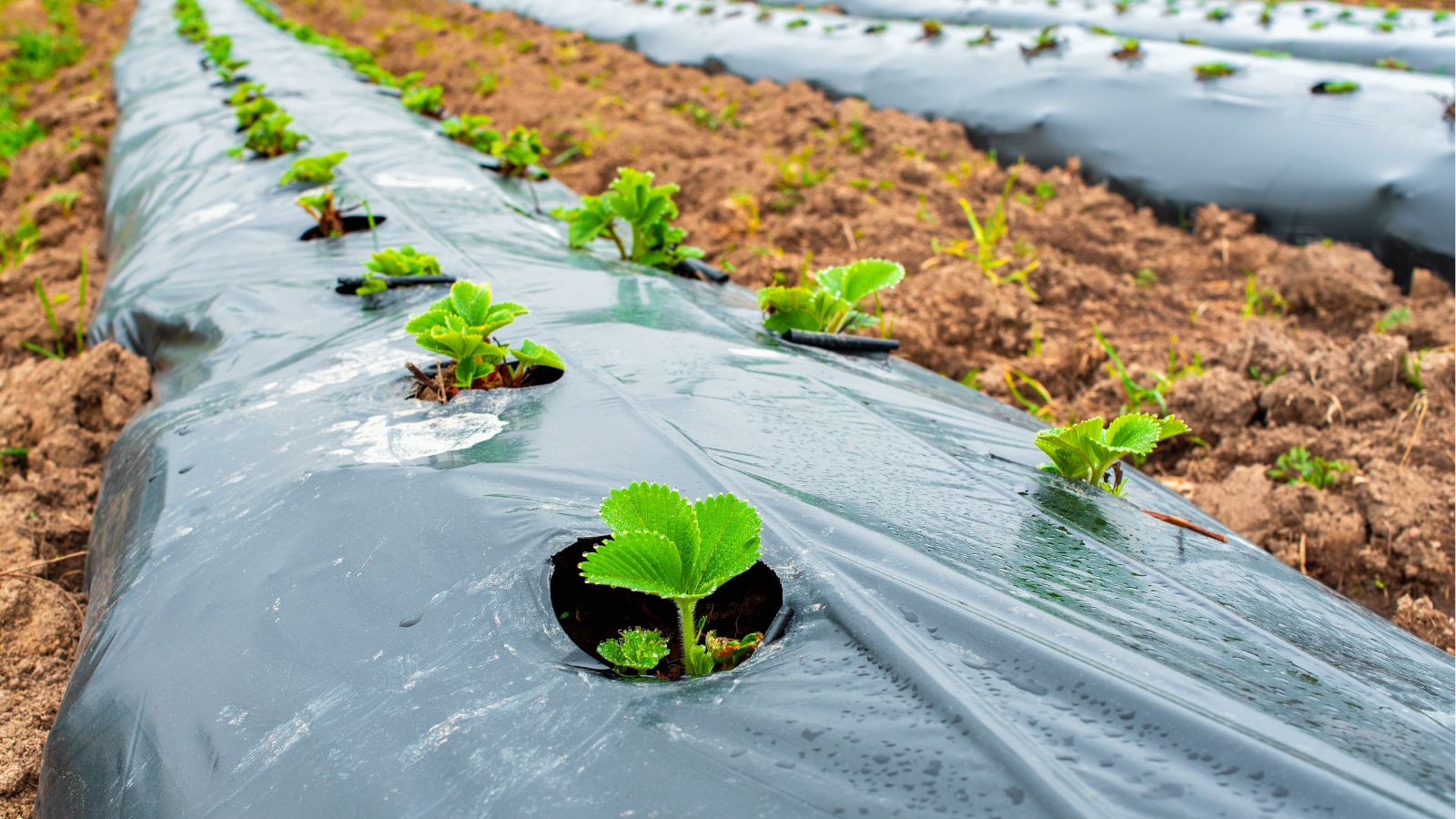
Low-growing ground cover plants can act as natural weed suppressants by covering the soil and reducing open areas where weeds might take root, just like with mulch. For example, plants like creeping thyme or clover offer excellent coverage and compete directly with weeds while adding texture and greenery to your garden. These living carpets make for a beautiful and practical approach to weed control.
Pull Weeds After Rain
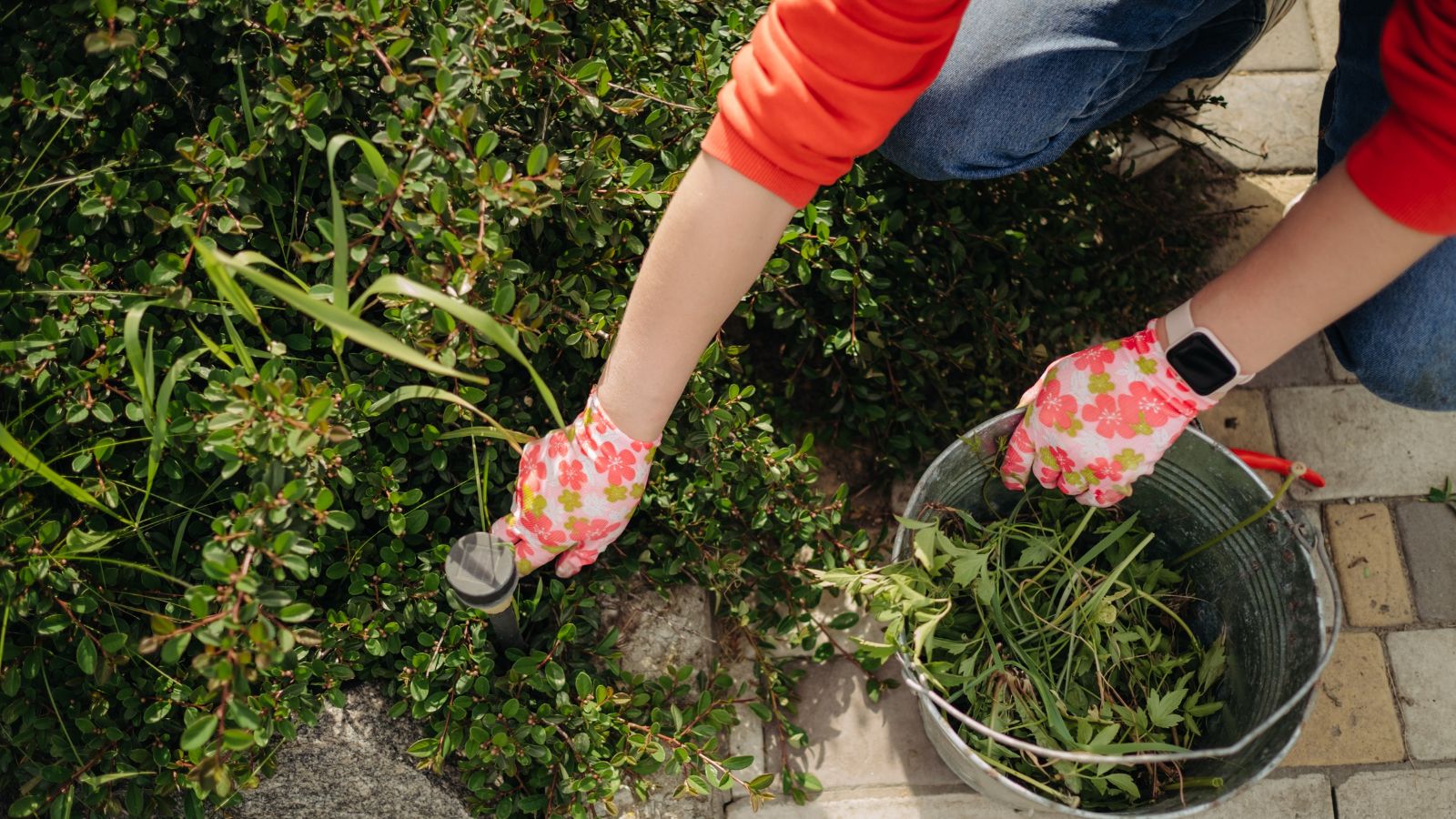
Weeds are easiest to remove when the soil is moist, making rainy days perfect for pulling them out. The loosened earth allows roots to slide out more easily, helping you pull them out completely rather than leaving fragments behind. So, put on your coat and slip on your gloves after a rain shower, and you’ll find your garden a lot easier to de-weed.
Lay Down Newspaper

Believe it or not, simply laying down sheets of newspaper between plants can help suppress weed growth by blocking sunlight. A few layers covered with mulch provide a simple, eco-friendly weed barrier that breaks down over time, enriching the soil. Best of all, newspaper is biodegradable, so you’ll get rid of weeds while still protecting your soil’s health.
Use Boiling Water

Not many people realize that pouring boiling water on weeds is a simple, chemical-free way to kill them on contact. In particular, this method works well for weeds sprouting in cracks between paving stones or in hard-to-reach garden corners. Be cautious around your plants, though, as boiling water affects anything it touches.
Try Vinegar on Stubborn Spots
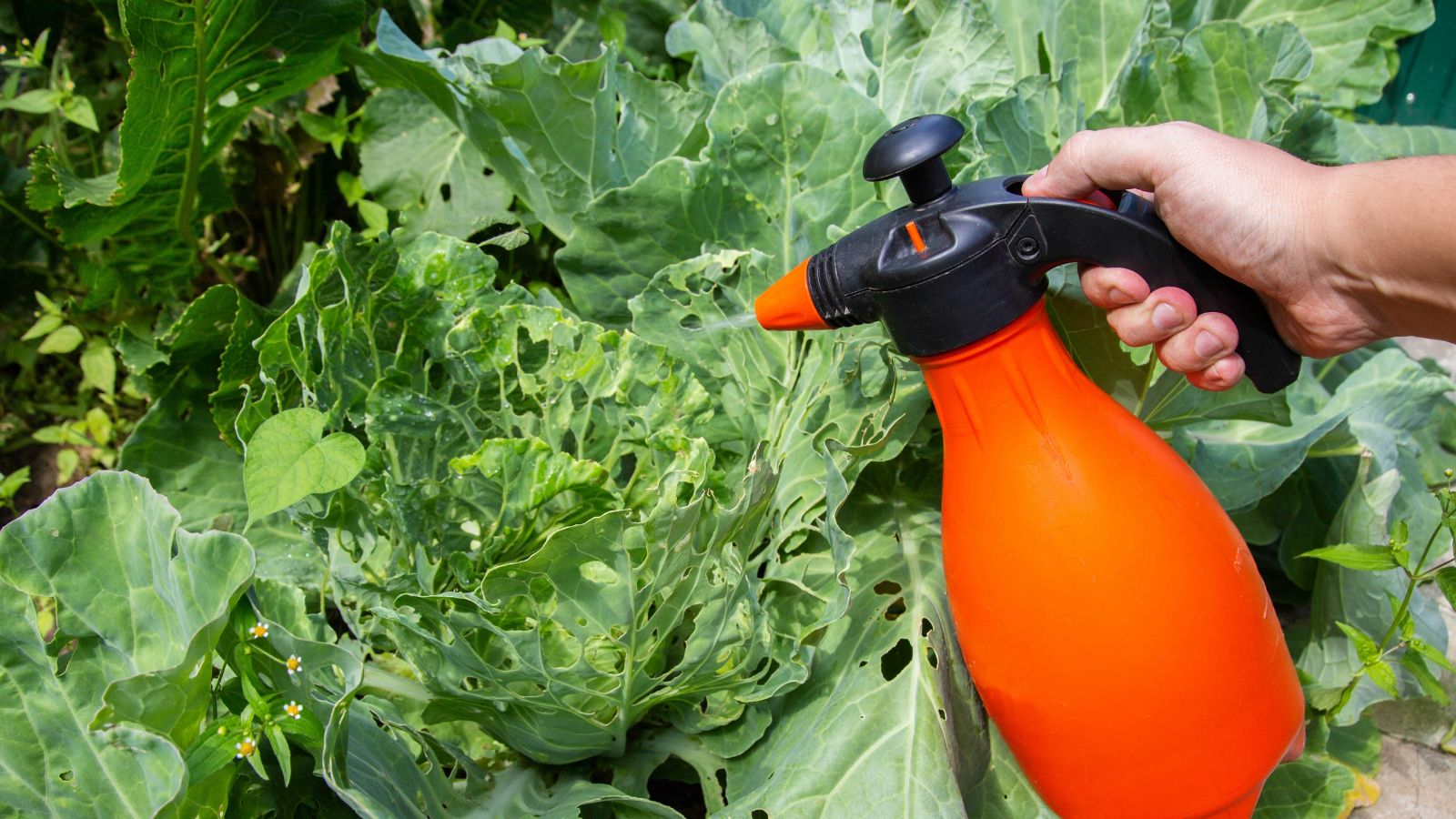
Even just a little bit of white vinegar can be an effective weed killer when applied carefully. A direct spray on the leaves dries them out, making it particularly useful for pesky weeds on pathways or patios. However, vinegar is generally best for smaller, younger weeds, as it mainly impacts top growth rather than deep roots, so a few applications may be necessary.
Install Landscape Fabric
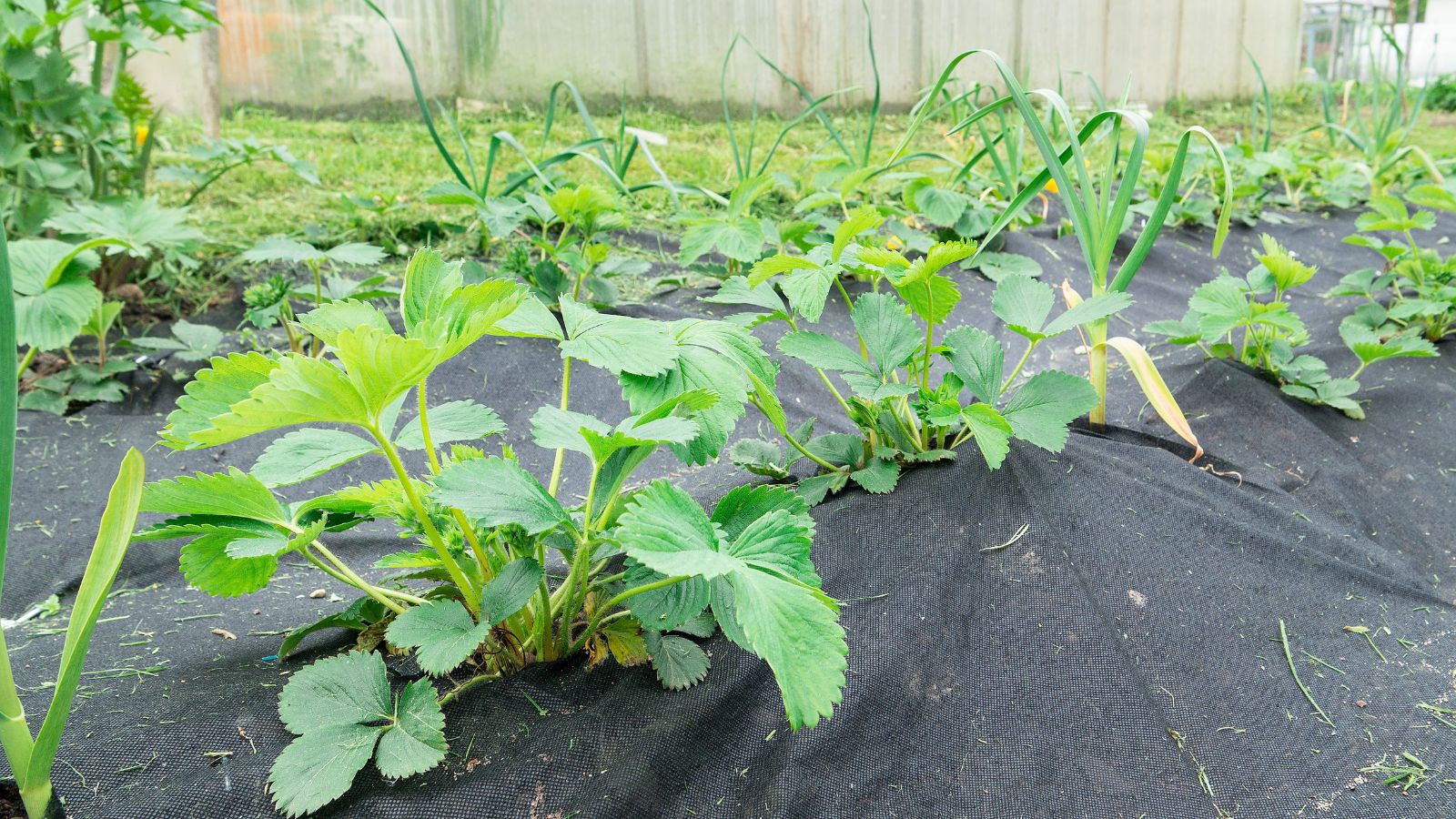
Landscape fabric provides a durable, breathable barrier that helps prevent weed seeds from reaching the soil. By laying it down before planting, you create a strong defense that minimizes future weeding. Then, cover it with mulch to give your garden a neat appearance and further block weed growth. It’s a truly solid combination for lasting weed control!
Plant Densely
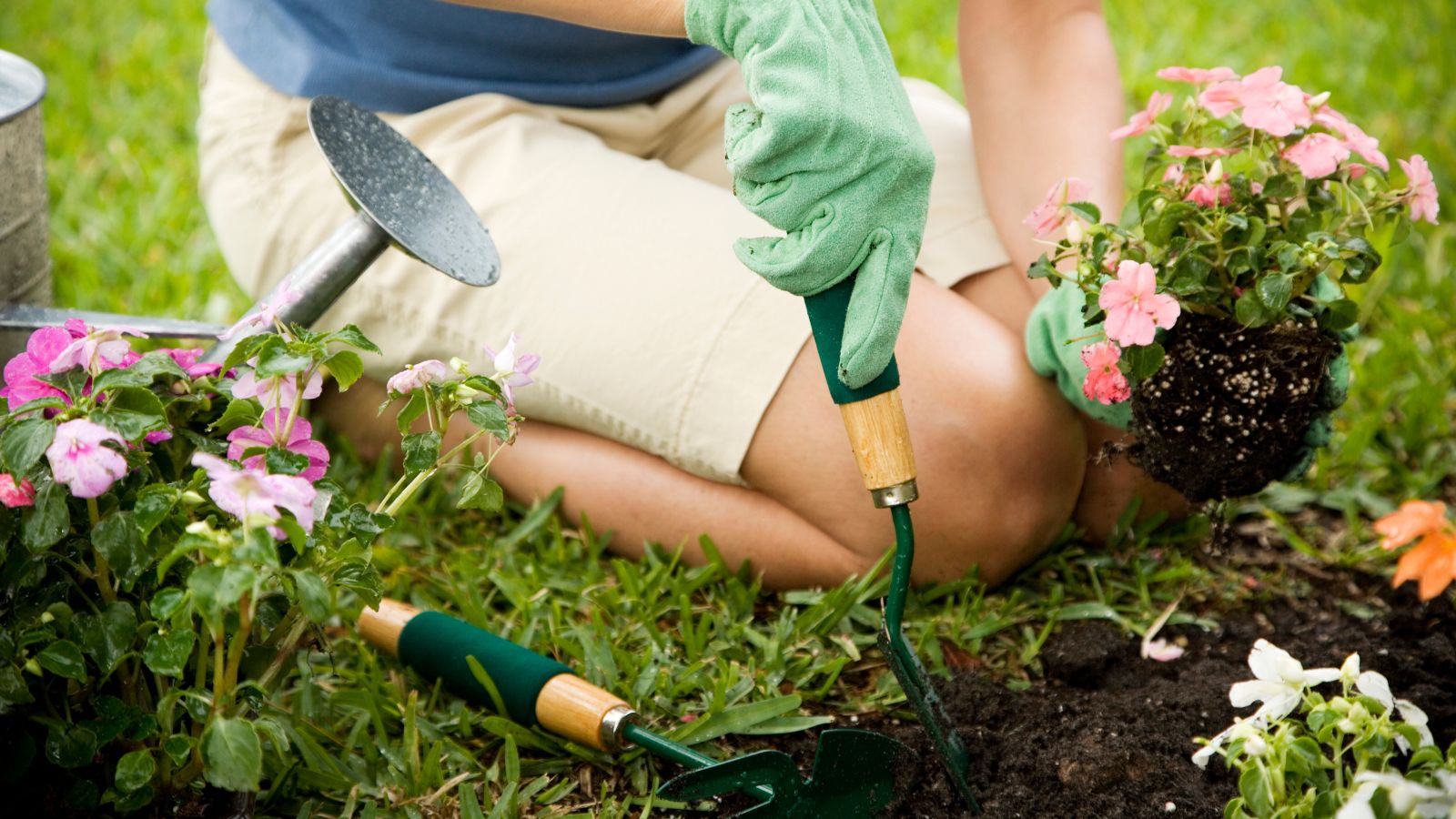
Perhaps the most natural way to keep weeds out of your garden without chemicals is to simply plant densely, naturally limiting the space where weeds might take root. When your plants’ leaves touch, they create shade, reducing the amount of sunlight that can reach the soil. Therefore, this technique encourages a full, lush garden that actively resists weeds, making your garden beds healthier and easier to maintain.
Hand-Weeding Regularly
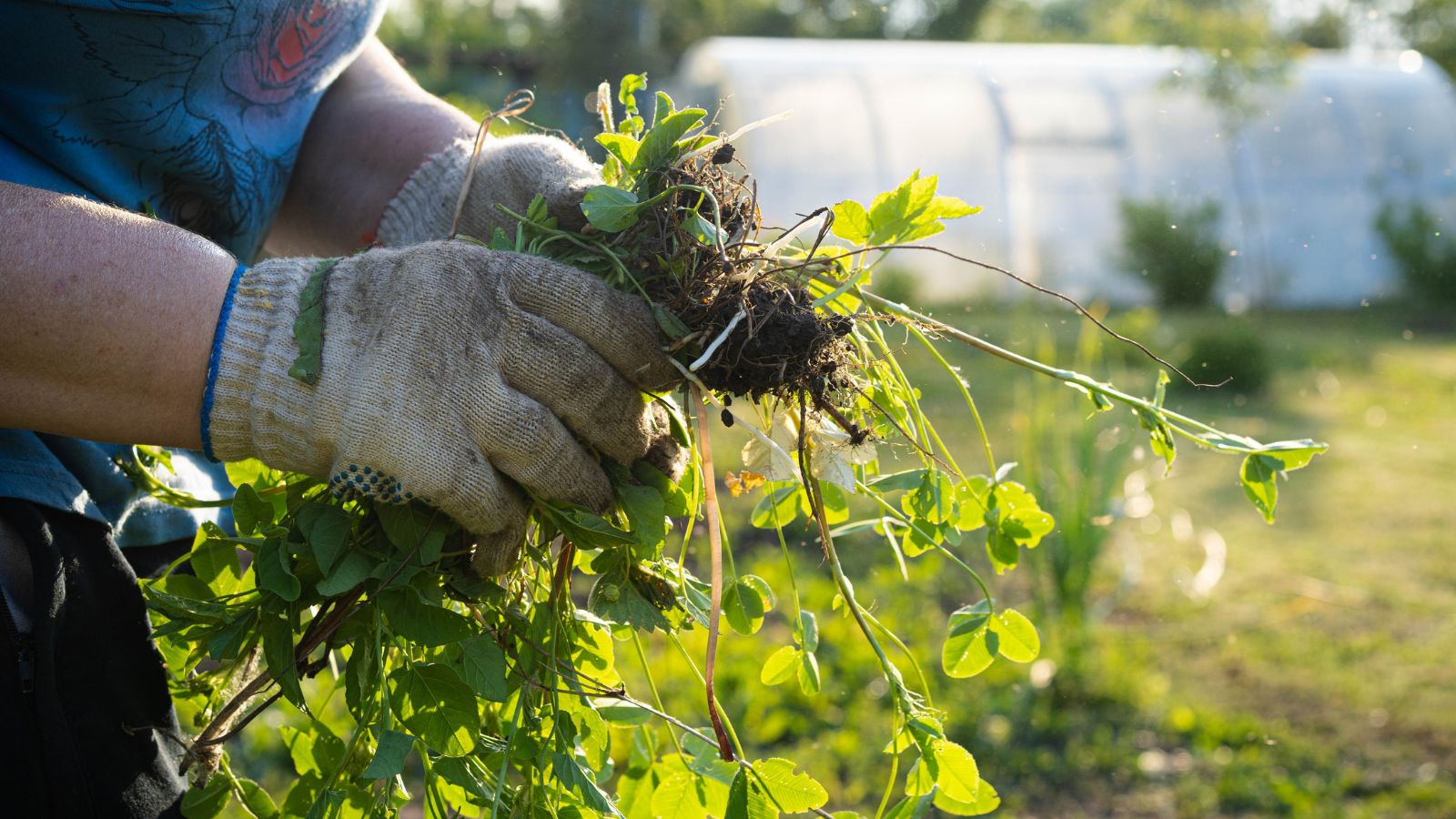
This might seem obvious, but make sure you take time to hand-weed regularly, which will help you stay on top of weed growth and prevent new seeds from settling in. It’s all too common for gardeners to only hand-weed once in a while, feeling that this is sufficient. Usually, though, it’s not, with daily weeding generally being advised.
Use a Hoe for Surface Weeds
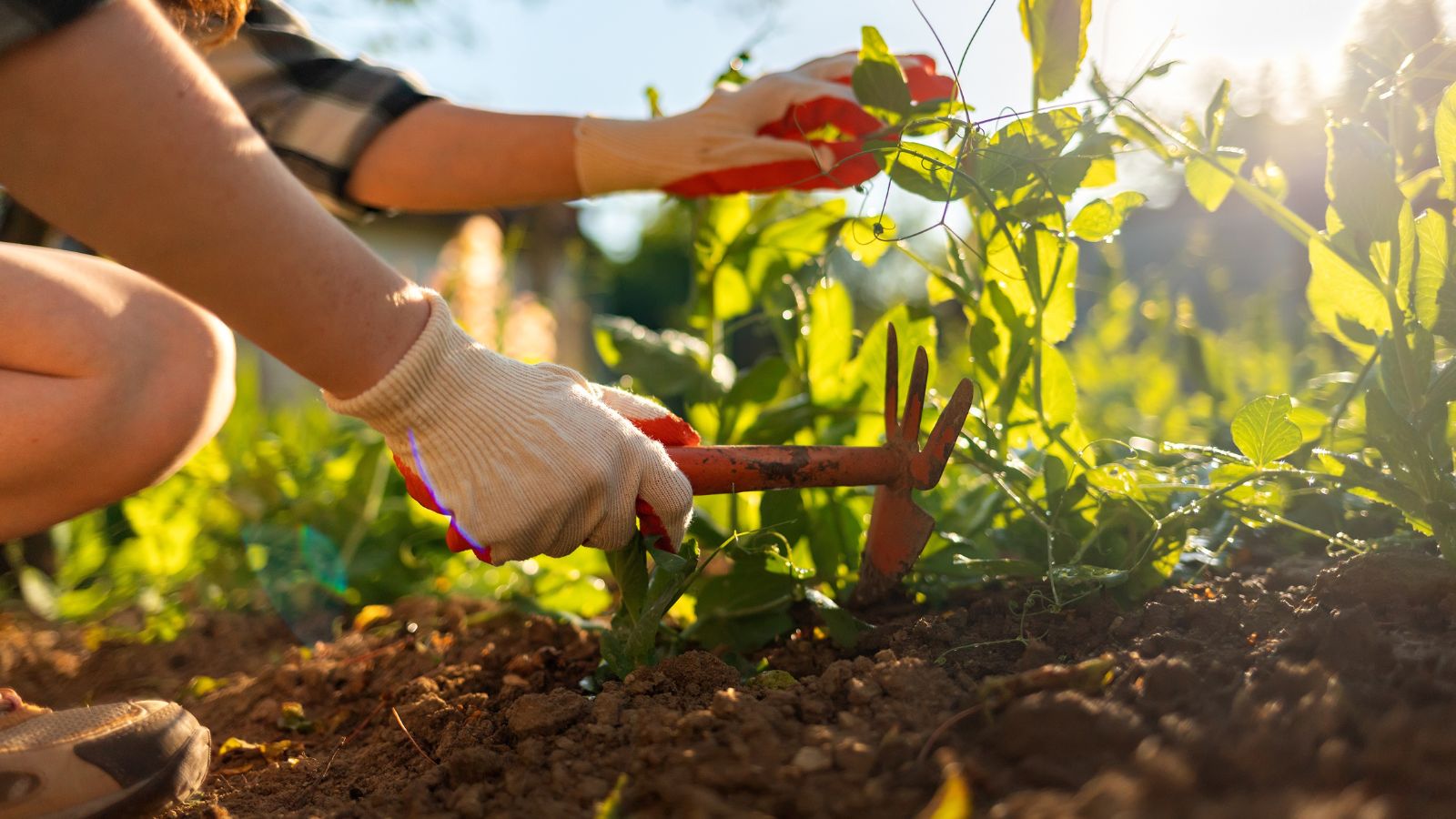
Consider getting a hoe if you don’t have one already, which is highly effective in getting rid of surface-level weeds. It’s efficient and minimizes the effort required, especially if it’s sharp, letting you slice weeds off just below the soil and sever their roots. Overall, this approach is fast, effective, and spares your back, making it a staple for many gardeners looking to keep their soil weed-free.
Incorporate Straw Around Plants
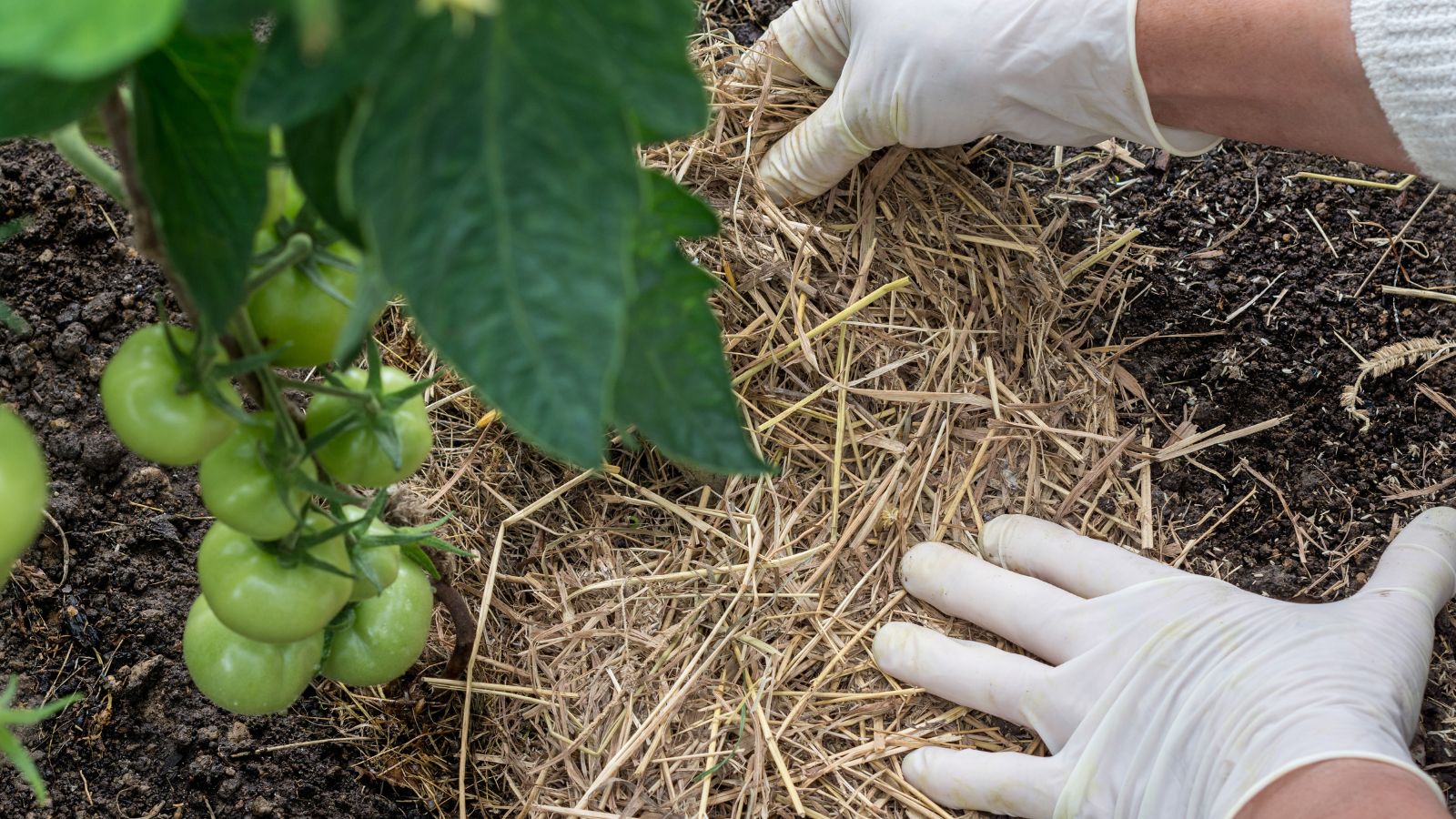
If you’re looking for an eco-friendly mulch to help prevent weeds, straw is a solid choice. It will no doubt keep your weeds at bay by covering exposed soil and blocking sunlight. It’s especially helpful in vegetable gardens, where it protects your plants while preventing unwanted growth. Over time, straw mulch also decomposes, adding organic matter to the soil, which benefits your plants and improves garden health.
Use Wood Chips on Pathways
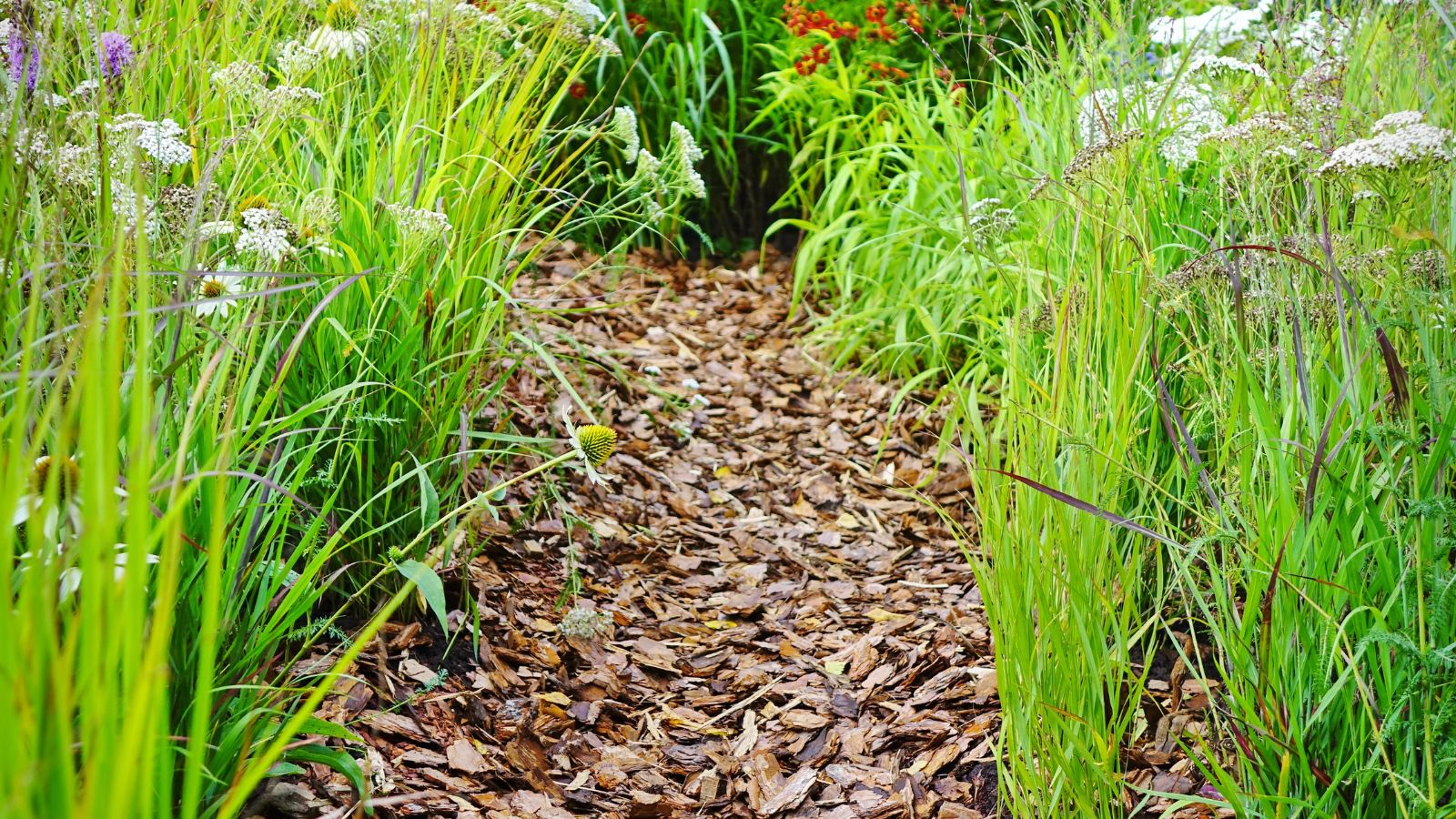
For pathways, don’t use straws, which might not look so aesthetically pleasing. Instead, lay down some wood chips on garden paths or between raised beds to help suppress weeds in these high-traffic areas. The thickness of the chips prevents light from reaching weed seeds while also offering a natural, rustic look.
Water Only Where Needed

Another common mistake people make is to overwater their gardens, leading to moist soil, which weeds thrive in. It’s much better to stick to targeted watering, which keeps weed growth to a minimum. By watering just around your plants and avoiding empty spaces, you create a less inviting environment for weeds. Better still, use a drip irrigation system, making it easy to keep your plants hydrated without encouraging unwanted growth elsewhere.
Use Natural Barriers for Borders
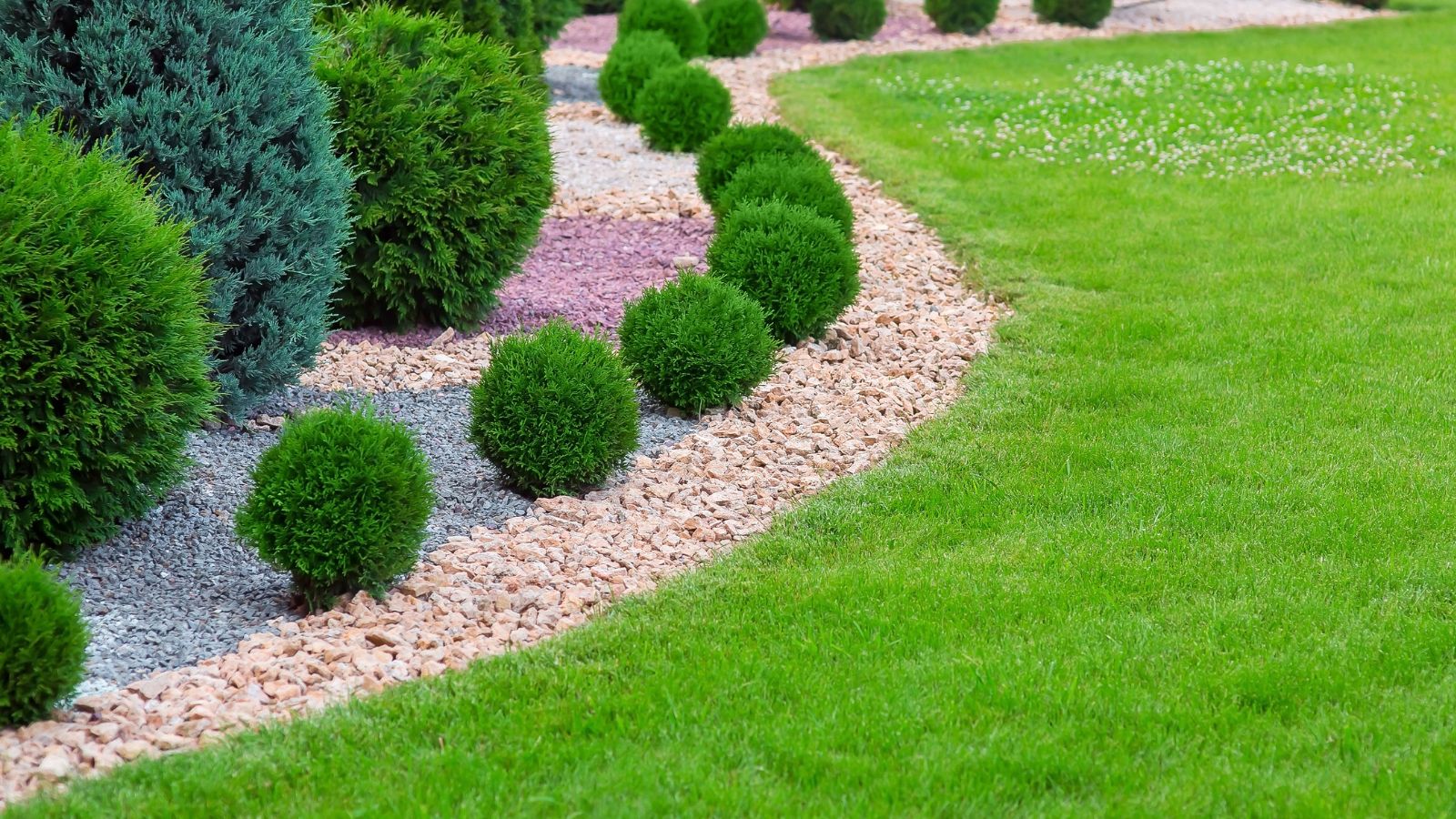
Instead of relying on harsh chemicals, you could consider adding natural barriers like rocks or bricks along your garden edges to keep weed seeds from spreading into planted areas. This approach is especially useful near lawns, where grass and weeds can creep into garden beds. Above all, rock barriers create a clear division and help maintain a neat, organized space without much extra work.
Add a Layer of Compost Annually
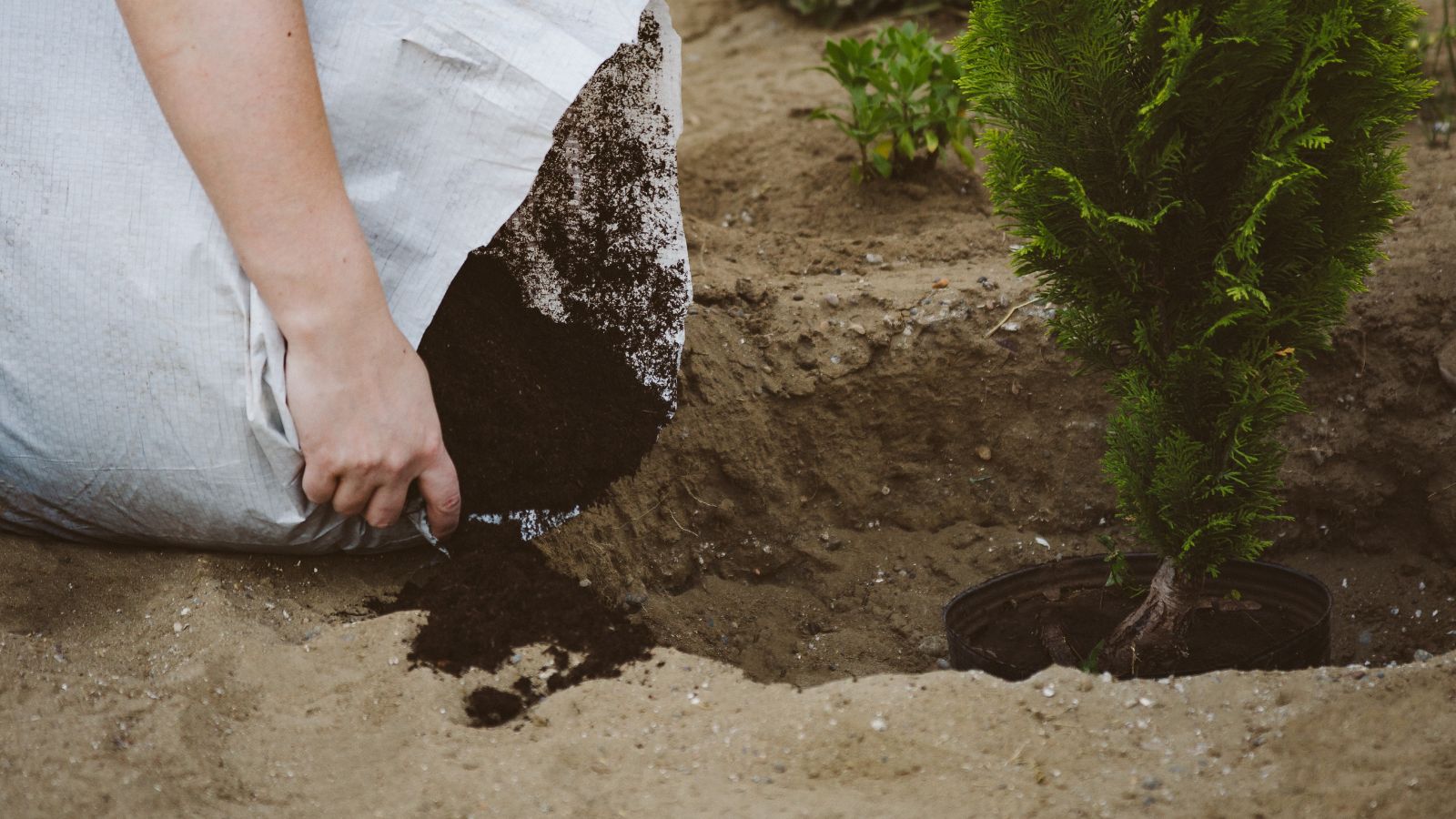
Don’t forget that a layer of compost each year nourishes your plants while making it tougher for weeds to establish. Compost improves soil health, making your plants stronger and better equipped to out-compete weeds. Furthermore, this regular addition also boosts your soil structure, creating a natural defense against the persistence of weeds over time.
Choose Weed-Resistant Plants

Perhaps the easiest way to de-weed your garden is to plant some weed-resistant plants, such as vinca or ornamental grasses, which naturally resist weeds by covering the ground thoroughly and shading the soil. These weed-resistant plants work well as fillers in garden beds, reducing maintenance and keeping the weeds out. Their dense, low-growing foliage creates an effective barrier, adding another layer of weed control to your garden.
Remove Weeds Before They Seed
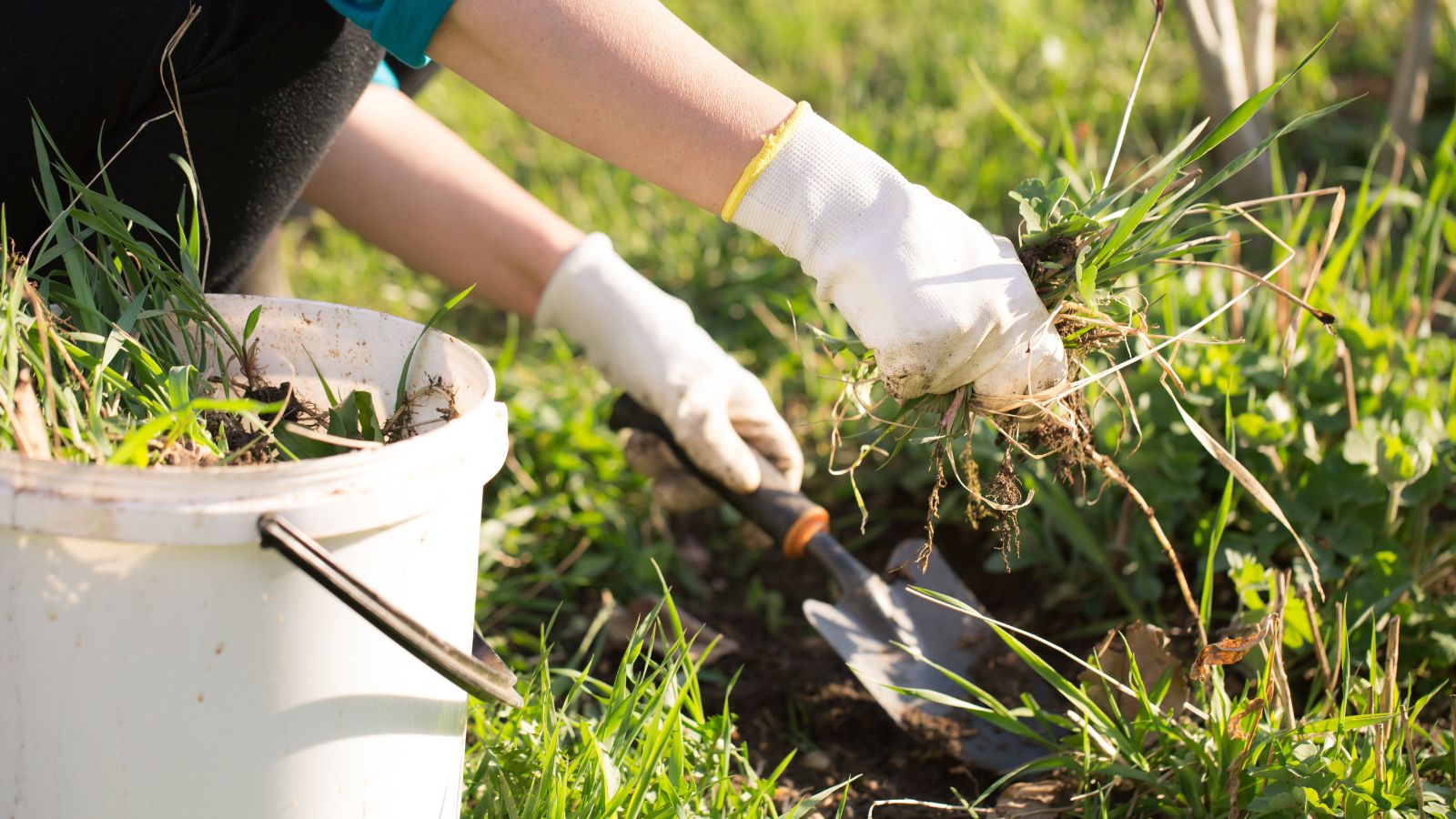
Finally, always remember that the best time to tackle weeds is before they have a chance to go to seed. Preventing flowering weeds from seeding helps break the cycle, keeping future generations of weeds from emerging. By catching them early, you save yourself from additional weeding and encourage a garden that stays manageable throughout the season.
